The cabling system established to connect devices with limited distances to each other in a structure such as a business, home, school or hospital is called structured cabling. Structured cabling is one of the important services we provide as Focus, and the main purpose is; It is to provide the interconnection of the computer and peripheral units in the building and to meet the energy need of the system.
In structured cabling systems, which are implemented with a special technique, the cabling of telephone, network, security and data systems comes together in a single infrastructure. These systems, gathered under one roof, achieve both an integrated and flexible working system together with structured cabling. Although there are many different equipment needed for the cabling system, these equipment include;
Although more practical and simple systems can be obtained by using wireless technologies in buildings today, it is still not easy to abandon the use of cable systems. Because the cabling system in a building has a place that can meet the standards that will occur both today and in the future.
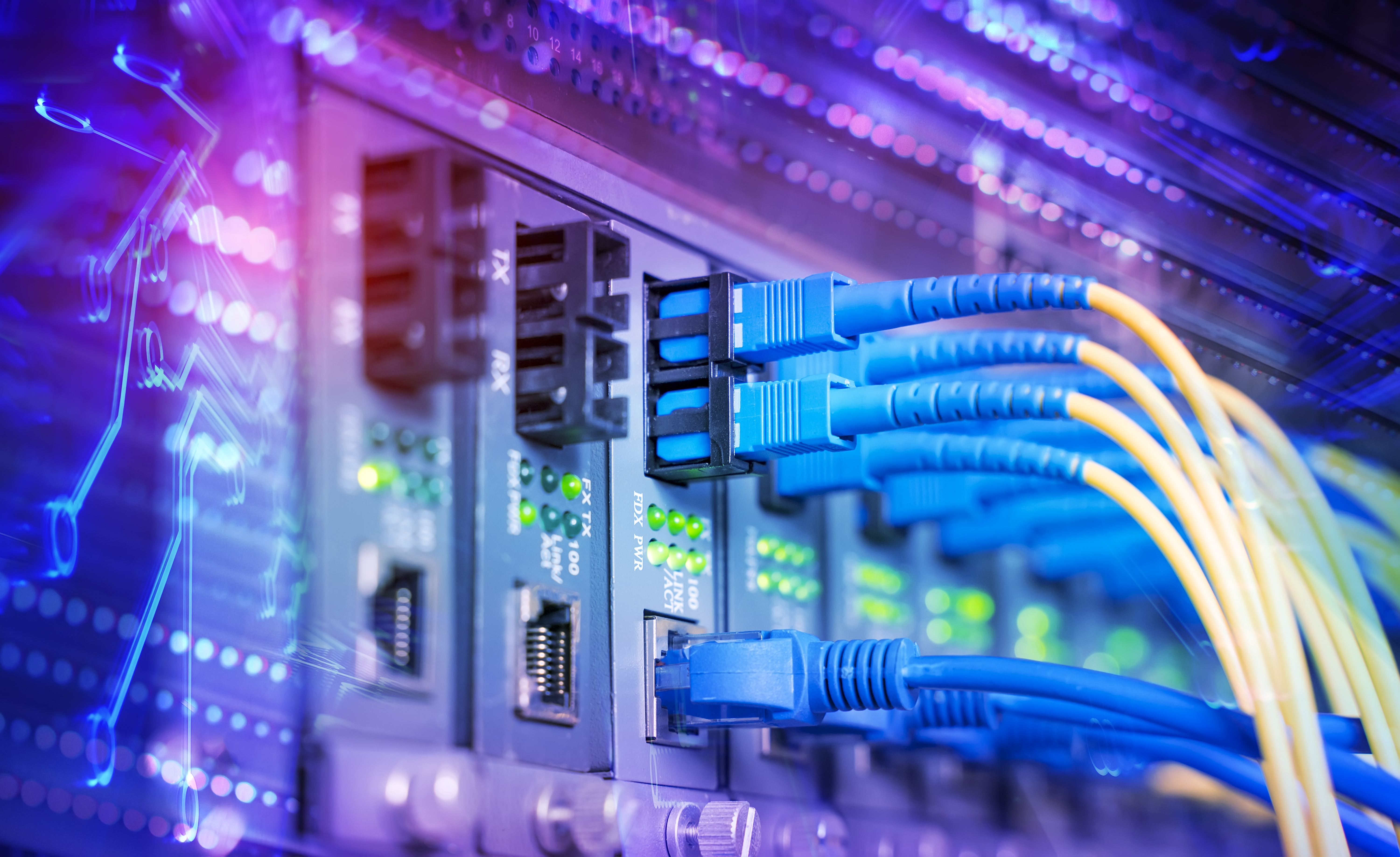
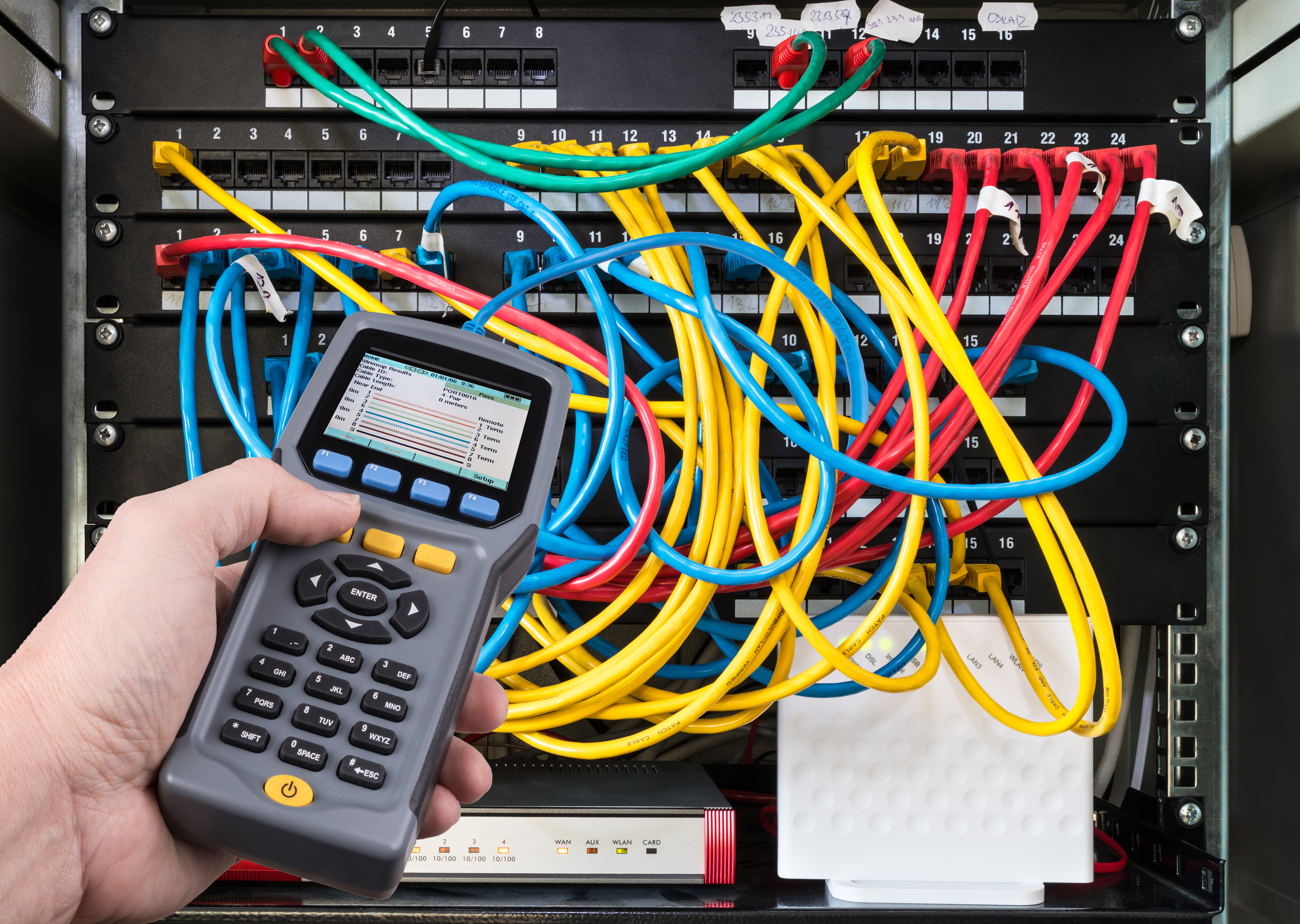
Thanks to structured cabling, which is still preferred, many different systems such as computers, security cameras, telephones, printers and power supplies in a business can continue to work on the same cabling mechanism. Thanks to long-lasting and guaranteed systems, higher software and hardware costs are saved, while a low total cost can be used after the initial investment cost.
Even if there is a very high amount of information in the form of data, audio or video in structured cabling systems, every application such as video conference, IP phone and internet, which facilitate communication and sharing, can be used easily. Fault detection can be done easily in this system. System management can be done without the need to employ expert personnel and it can be possible to support speeds up to 10 Gbps. Moreover, when the wiring organization is done correctly, the panel and cabinet systems used provide a decorative and undisturbing appearance.
In structured cabling systems, it is necessary to establish an energy infrastructure for network cabling and data communication for cabling projects. In addition, since the data infrastructure project will be implemented, the project is provided by including the electricity and UPS infrastructure. In order to carry out structural cabling operations first of all, the structure must be explored and a project must be prepared accordingly. Expert personnel work with a large staff at every point in order to establish, test and make the working system certified. As a result, a structured cabling system is obtained that can be used for many years with a guarantee.
Structured cabling systems require accurate exploration, quality design and a good project implementation. However, a very good workmanship and the best material must be selected. In this way, a decorative, healthy and reliable system can be established. Afterwards, the control of each cable in the installation is done step by step, and the numbering system is created. The routes are followed in accordance with the project and a guide is provided that can be easily used in the future. The installation includes points such as data wiring, telephone wiring, electrical wiring and system room installation.
When looking at the modules that can be applied in structured cabling, depending on the preferences;
A network is a system established in order to establish a connection between more than one device and to provide data flow through this connection. In other words network is a work called network cabling must be done for the establishment of this system.
Network cabling is a must have system for all small or medium businesses and large corporate companies. Because in our age where everything is done with the internet and computers, every device in the business must be connected to each other. Network connectivity enables people within the same business to solve their business easily even if they do not meet face to face.
Copper cables are usually the first thing that comes to mind for network cabling. However, rather than choosing the cables, establishing a cabling system with the right standards and a good project provides the desired functional use within the network. In other words, a suitable operation range should be created with the right cable in the right project.
Among the copper cables used for network cabling, the most preferred types are the cable types called cat and fiber. These cables are divided into different types such as Cat5, Cat5e, Cat6, Cat7, Single/Multi Mode FO (Fiber Optic) cables. While these cables, which provide the highest compatibility for network cabling, are preferred with the right values, the highest efficiency from the device and connection can be obtained, while the longest lasting use can be achieved.
For cabling, first of all, it is necessary to take into account the network, computer devices, devices that provide the internet connection, all the parts to be connected to this system, and the energy, or electrical connection, that will be required for this system. Afterwards, an expert application is made after the distance calculations, cable transit places, cable types to be used and the external appearance of the application are determined according to the points such as the area determined as the system room and the tables to be connected to the network with the main computer or the distances and types of the devices.
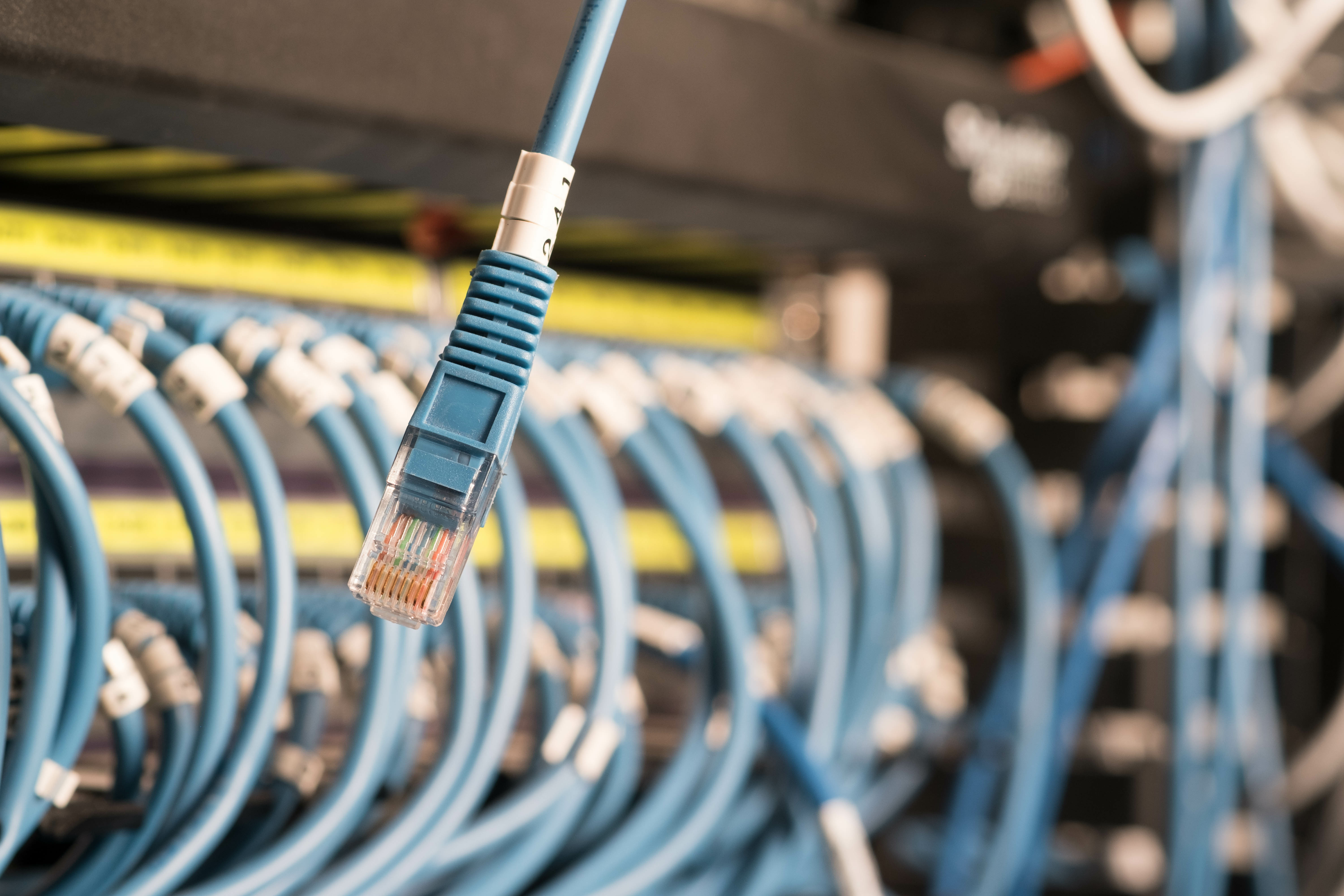
Copper cables such as Cat5, Cat6 or Cat7 are among the most preferred cables for network cabling. These cables, which are preferred to provide fast and good data transfer, have a structure combined with 8 wires and 4 pairs of tiny cables. After cutting the lengths determined for the use of these cables in the system, RJ-45 jack sets are applied to the ends. When installing cables into this jack, the application is made with a certain color sequence.
While the cabling between the system room and the devices is completed with the use of cable ducts at every point where the cables will pass, the necessary telephone cables, printer cables and energy cables can also be found in the same channel. Jack-plugged Cat cables or properly prepared fiber optic cables reach the main device in the switchboard room, that is, devices such as computers, printers, modems, scanners, distributors or provisioning to which it will be connected through the switch.
A qualified network system must be established in small-sized enterprises, especially in large enterprises. In terms of this system, a network cabling system should be realized with quality products and expert work. In a quality system application, it is important that the cable choices are made very well. Even when using Cat5, Cat6, Cat7 or fiber cables in the services it provides for you, Focus chooses the best quality cable products with the longest life and data flow from the best brands.
Basically, one of the most important factors that reveal the quality in network cabling systems is the chosen company. Even if materials such as quality cables, quality switches and channels are used, a company like Focus, which will proudly display its brand in a good system, can offer you a quality system. A good practice will provide a long-term use, and the selected cables must be in the most suitable structure according to the point, device or system to be used.
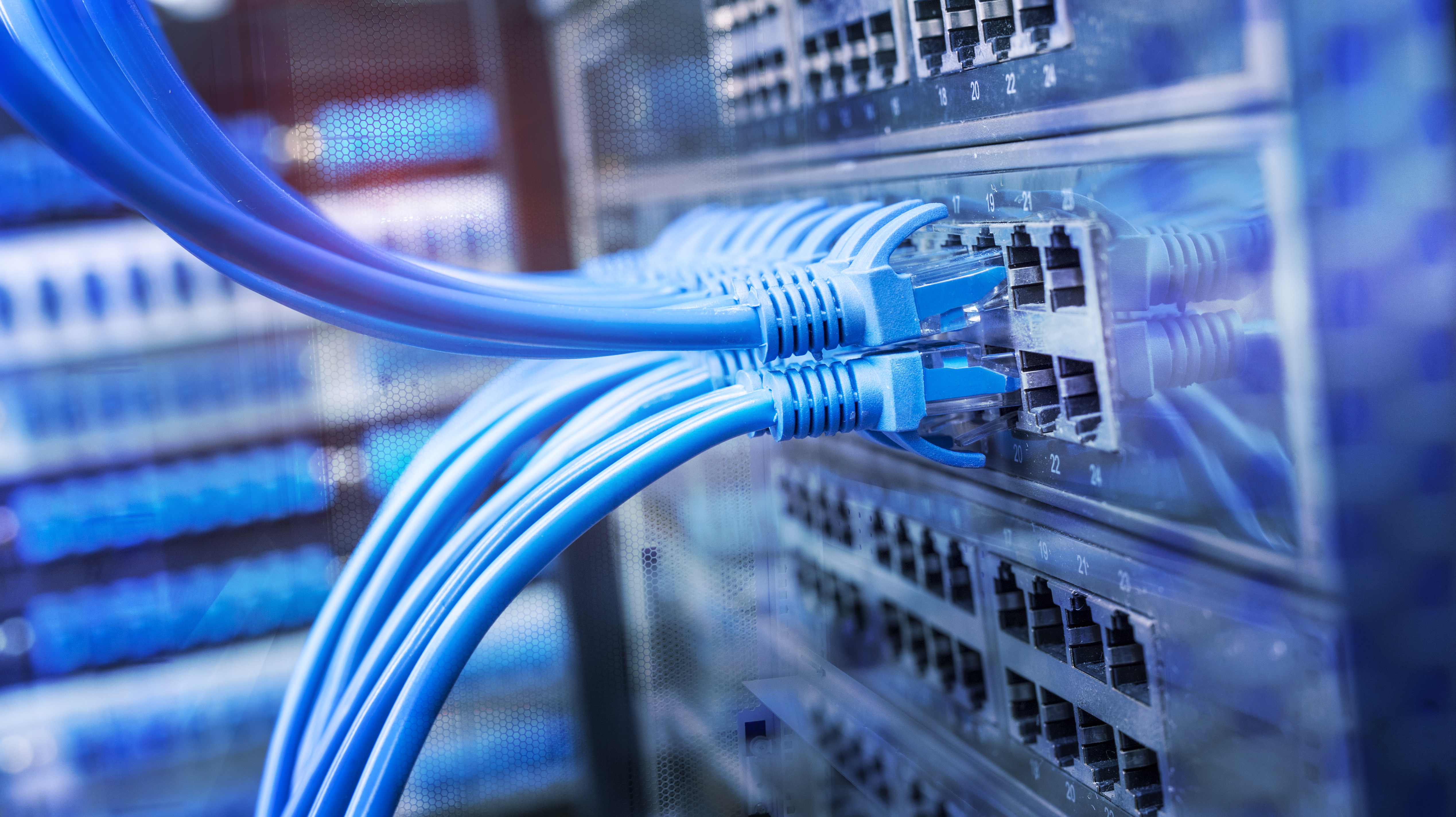
With the structure brought by the advancing technology in recent years, a type of fiber optic cabling has emerged in terms of network and structured cabling. Fiber optic cabling is now even seen as a necessity for faster and more efficient transmission, instead of copper cables such as Cat5 and Cat6, which are frequently preferred and known as standard. As Focus, this system is preferred by our company as it provides many privileges, especially in the transfer of high-dimensional data.
Although the most basic material used for this process is fiber optic cable, these cables are also known as glass cables. However, in fact, they are cables that consist of many different layers, through which light is directed and that performs the transmission in a much stronger way. Instead of standard Cat cables, fiber optic cables can be used underwater and even under the seas between continents without being affected by environmental conditions such as humidity, temperature, impact and electrical field with their structures that prevent electrical interference.
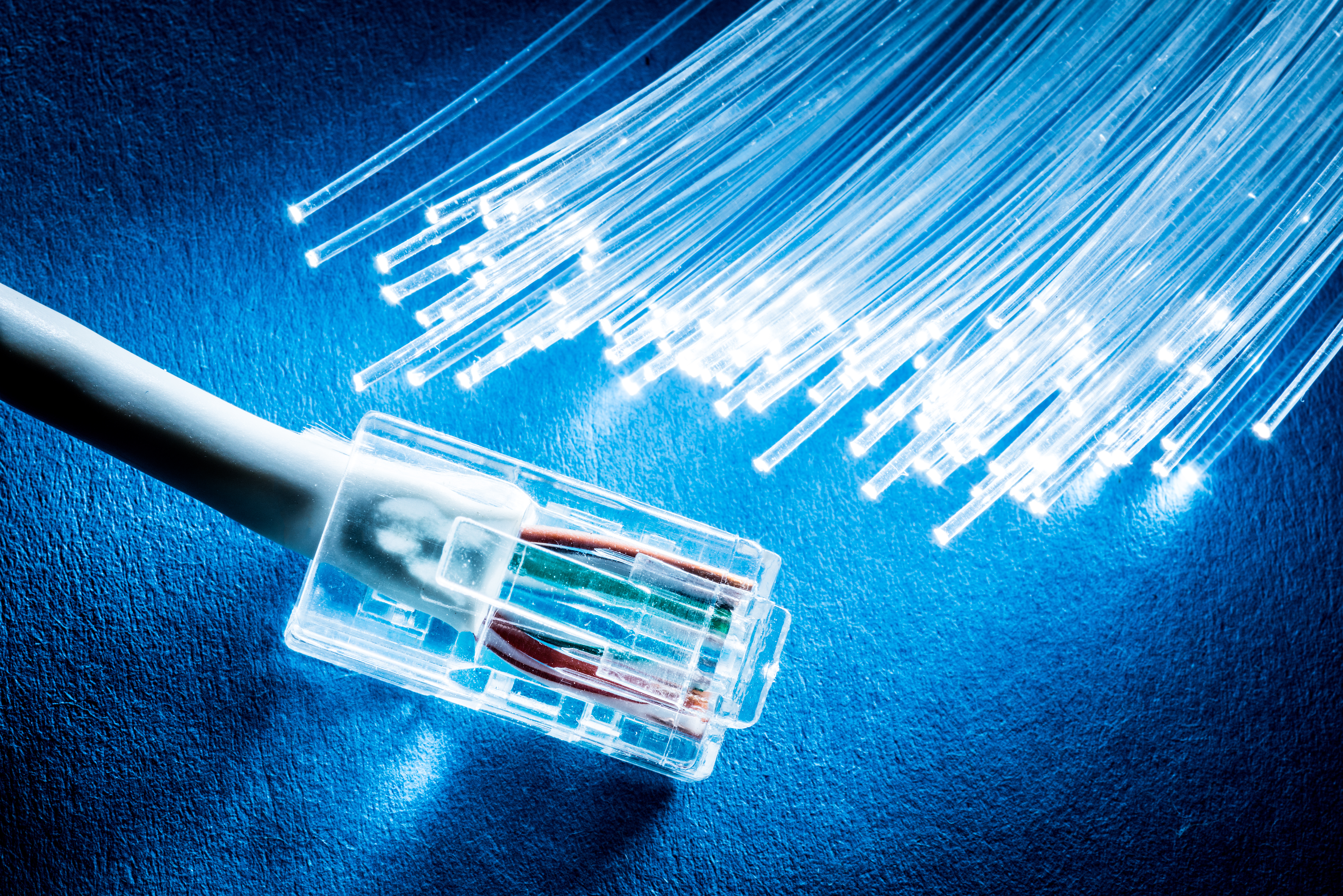
Fiber optic cables chosen with their advantageous structure are preferred especially in places where very intense data transfer is required and data is received in the fastest way. Today, with the transition to fiber structure in city networks, especially when looking at fiber optic cable usage areas;
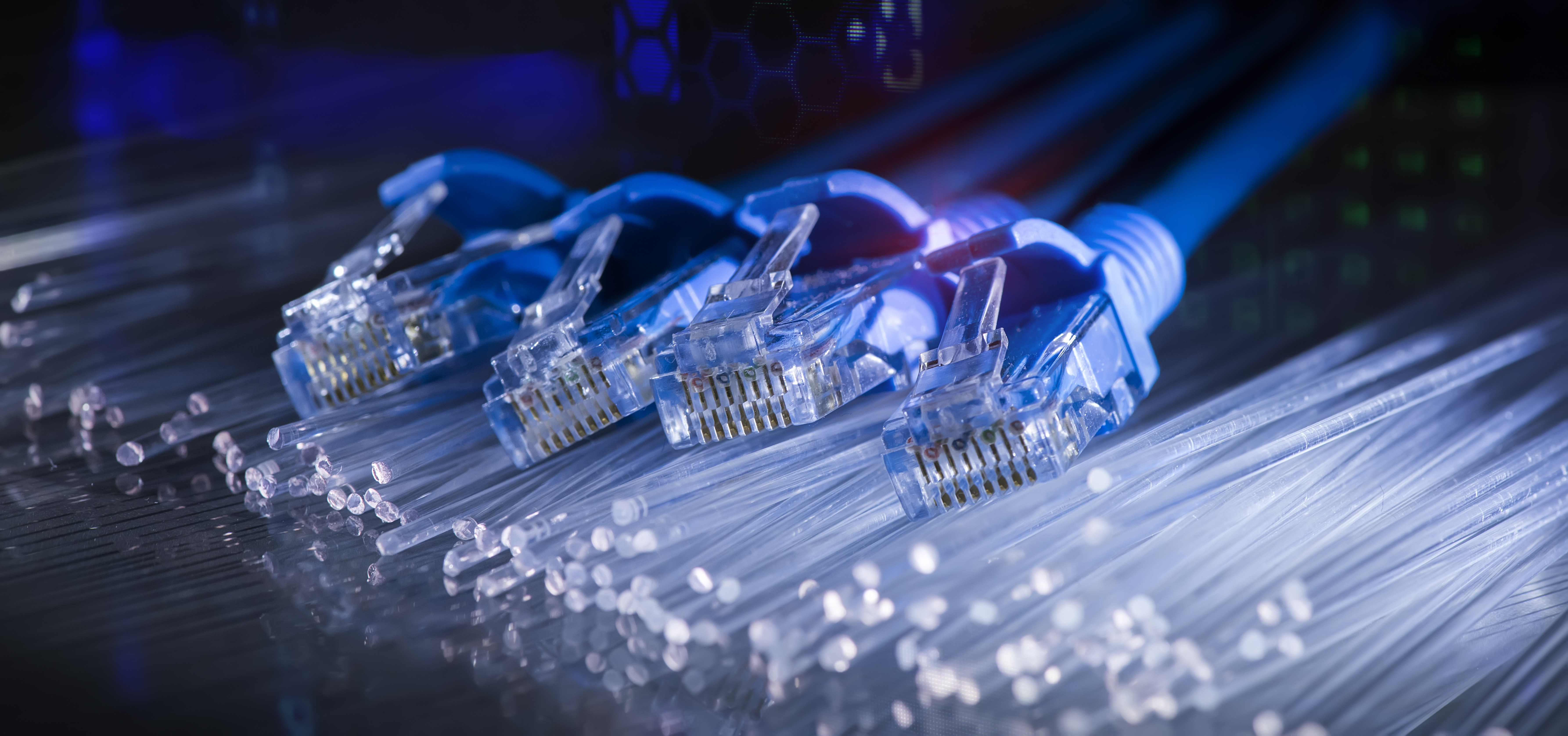
Basically, two different types are used for the realization of fiber optic cabling. The first of these is known as single-mode fiber optic and the other is known as multi-mode fiber optic. Significant differences can be seen between these two points, especially in terms of transmission dimensions and capacity.
Significant advantages can be achieved by choosing single-mode or multi-mode fiber optic cables for network or structured cabling. Because this cable system provides a very wide bandwidth due to its structure, it creates a very high capacity transmission comfort. These cables, which are both light and affordable, provide a lower cost per Mbps compared to copper conductor cables with their high channel count.
Through fiber optic cabling